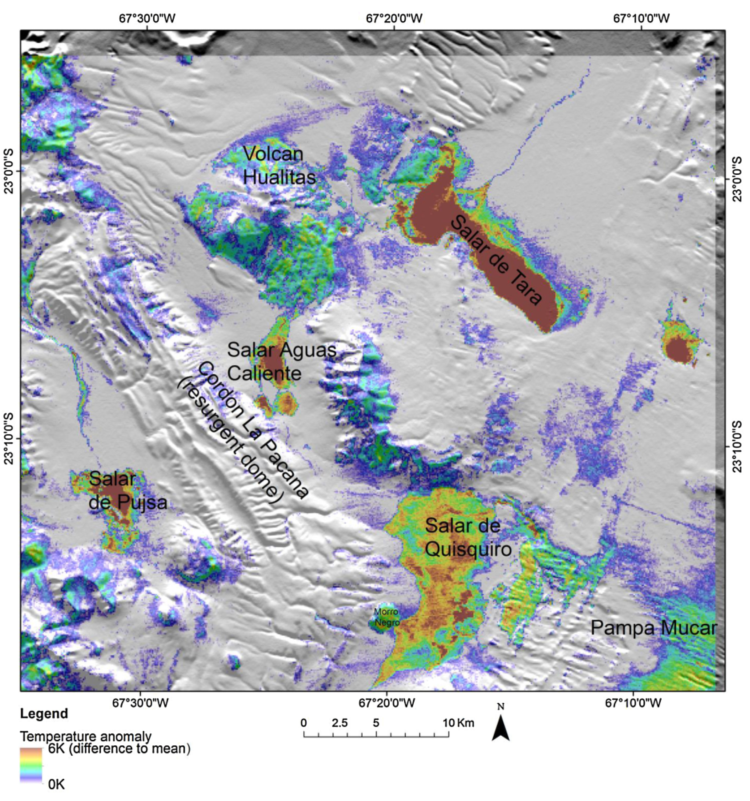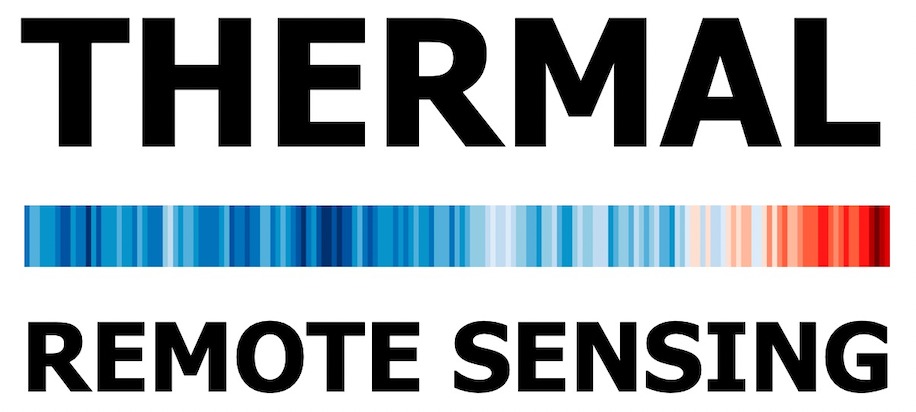The ASTER (Advanced Spaceborne Thermal Emission and Reflection Radiometer) instrument has been in space for nearly 25 years, riding aboard the Terra satellite. As the satellite’s orbit gradually descends, we’ve taken the opportunity to explore the instrument’s legacy, the insights gained from its mission, and its significant contributions to the advancement of thermal remote sensing. This episode delves into the origins of the ASTER mission, its pivotal role in shaping the field of thermal remote sensing, and the potential directions for future developments in the field.
We discuss the matter with Michael Abrams, Science Team Lead of ASTER, based in NASA JPL.

Land surface temperature anomaly derived from nighttime ASTER data over La Pacana caldera.
Source: van der Meer, Freek, Christoph Hecker, Frank van Ruitenbeek, Harald van der Werff, Charlotte de Wijkerslooth, and Carolina Wechsler. “Geologic remote sensing for geothermal exploration: A review.” International journal of applied earth observation and geoinformation 33 (2014): 255-269.
Our guest, Michael Abrams, serves as the Science Team Lead for the ASTER mission at NASA JPL. With almost half a century of experience in thermal remote sensing, Michael has been at the helm of the ASTER mission for over two decades. His background in geology and his involvement in the development of new remote sensing instruments at NASA JPL make him a true veteran in the field.


Leave a Reply